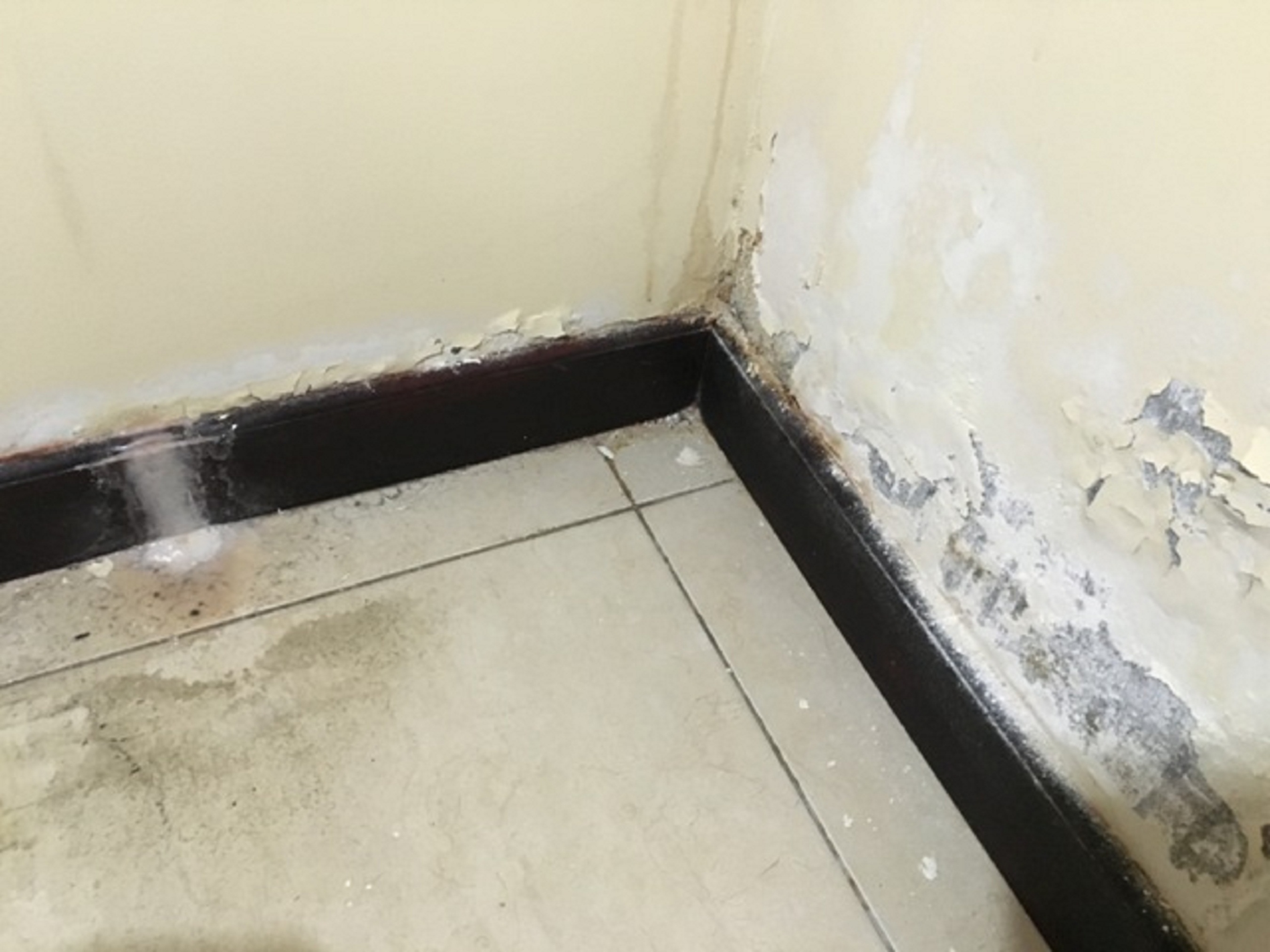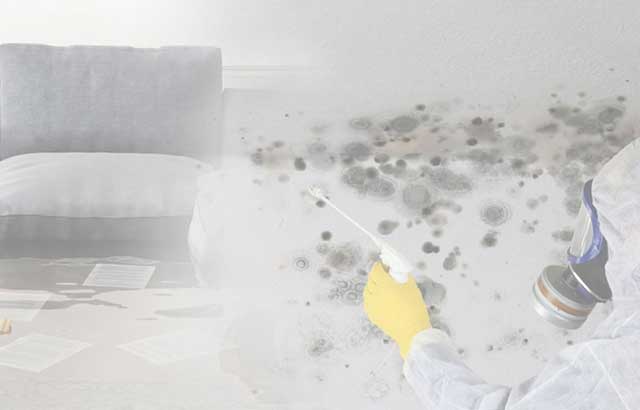How to avoid a Water Damaged Bathroom
How to avoid a Water Damaged Bathroom
Blog Article
Just about every person has got their unique piece of advice on the subject of Preventing Water Damage in the Bathroom.

The shower room is incredibly prone for moist buildup as well as possible water damage due to the regular use of water in it. This post offers straightforward inspection strategies to help identifying water damage threats.
The regular use water in the restroom makes it very vulnerable for damp buildup as well as possible water damage. By checking it regularly, you can decrease water relevant damages.
The complying with set of evaluations is very easy to carry out as well as need to be done once in every 3 months in order to maintain your restroom healthy and also to prevent possible water problems brought on by the bathtub, the shower, pipeline joints and also plumbing, sinks, cabinets, as well as the commode
Do not neglect carrying out these assessments and also be comprehensive while executing them. Remember that these easy assessments can conserve you a great deal of money by giving very early indications for water damage
Tub as well as Shower
The shower and also bathtub require special interest and also upkeep. Check the tiles as well as change if split. See to it that there is no missing grout between the ceramic tiles. Check and also change fractured caulking at joints where the walls meet the floor or the bathtub. Blocked drains as well as pipelines troubles will certainly stop the bath tub from drying out and also might show significant troubles under the bath tub. Consult with a professional instantly to avoid structural damage. Take note of discolorations or soft areas around the tub walls as they may indicate an internal leakage.
Plumbing
Signs for water damages are tough to identify given that the majority of pipelines are mounted inside the wall surfaces.
Pay unique interest to flooring as well as walls moisture and stains as they might show an unseen plumbing issue. Inspect wetness levels in adjoining areas too.
Sinks and also Cabinets
Sinks as well as cupboards are exposed to moisture and also moisture everyday as well as are frequently forgotten. Check frequently under the sink and on the kitchen counter over it. Repair any drip in the trap as it might recommend drain troubles. Check out the sink, sluggish draining pipes might show a blocked drain. Change sink seals if they are split or loose.
The Toilet
The commode is a prone water joint. Examine the water lines as well as search for leakages around the bathroom seat, in the hose, and also under the water storage tank. If you spot any kind of indications of moisture on the flooring around the bathroom, check for leakages in the toilet rim and also storage tank seals.
Understand that hanging commode dish deodorants boosts the possibilities for obstructions.
Water Damage Signs In The Bathroom To Avoid Cleanup
Musty smell
This is one of the easiest signs to catch because musty smells are so odorous. The damp, earthy, moldy smell should be a big red flag. The smell will develop when moisture gets trapped in surfaces, and begins to facilitate mold growth. Leaking pipes under cabinets, inside walls, and behind shower fixtures will cause moisture to stay trapped and not dry, which will lead to mold growth and spread. As soon as you notice any musty smells in your bathroom, have it checked for hidden water damage and cleanup signs.
Visible mold
If the smell isn’t there to give it away, sometimes you will actually see mold growth. Finding mold in your bathroom is a serious problem, because mold is very harmful to your health. By the time mold growth is visible, it also means that water damage has already occurred and been present for some time. The only way the mold problem can be resolved is to find the source of the moisture and get it stopped. To safely and adequately remove mold, you need to have professionals handle the remediation. Do not waste any time in getting mold problems addressed, fixed, and sanitized so that you can protect you and your family from the many respiratory symptoms caused by mold exposure.
Damaged floors
Bathroom floors should be able to withstand some exposure to water while still remaining in good condition. However, when excess exposure or water leaks occur, they will begin to damage even the most water-resistant flooring. If you notice any cracking, bubbling, staining, or warping on your bathroom floors, there is probably a water leak somewhere causing the distortion. If you notice areas of the floor have become softer, or even have a spongy feeling, there is probably damage to the subfloor. Subflooring is typically made up of plywood. When plywood is exposed to water or moisture, it will absorb it. Once it has become saturated, the weight of the excess water will cause the wood to swell and soften. Check the floors in your bathroom frequently to catch any of these sings before they lead to damaged subflooring.
Changes on walls
When water leaks behind walls, it will cause changes in the drywall. Peeling plaster, blistering paint, and soggy wallpaper are all good indicators that excess water is building up behind the wall. Water leaking behind drywall will cause it to swell and be soft to the tough. If you start to notice gaps along the trim of your walls, or where tile meets the wall, it could also be a strong indicator that there is a leak behind the wall. Any changes, distortion, or damage on the walls should be evaluated as soon as you notice it to prevent further water damage and cleanup.

We had been brought to that write-up on How to Repair and Prevent Bathroom Water Damage through a friend on another blog. I beg you take the opportunity to distribute this blog post if you enjoyed it. Thanks a lot for going through it.
About This Report this page